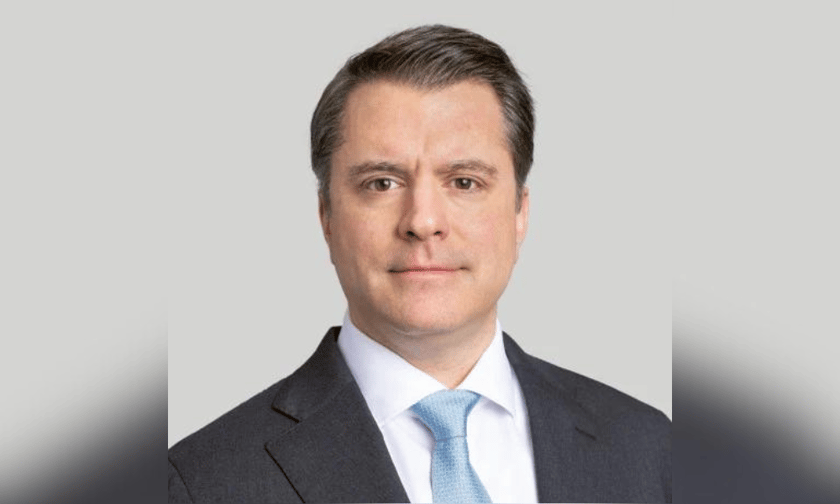

Reinsurance plays a crucial role in enhancing societal resilience by acting as a "shock absorber" for unexpected losses, according to Urs Baertschi, chief executive officer of property and casualty reinsurance at Swiss Re.
He said that while the reinsurance industry is often seen in this light, it also offers a broad spectrum of risk management and risk transfer solutions through its global reach and expertise.
In 2023, the global reinsurance industry paid out over $150 billion in claims across property, casualty, and specialty lines. These payments covered a wide range of incidents, including industrial fires, riots, defective products, damage to infrastructure, ransomware attacks, supply chain disruptions, and natural disasters like earthquakes and extreme weather events.
In his report, Baertschi noted that insured losses from natural catastrophes have now regularly exceeded $100 billion annually, with reinsurers contributing significantly to these payouts. For instance, Swiss Re estimates that reinsurers will cover about 80% of the losses from Hurricane Beryl, the earliest Category 5 hurricane on record in the Caribbean this year.
Baertschi attributed the ability of reinsurers to act as shock absorbers to their financial strength and global diversification. This strength allows them to absorb large losses and maintain solvency even in the face of major catastrophes. At Swiss Re, 50 experts manage 200 proprietary natural catastrophe models to support colleagues across 80 offices worldwide.
This global reach and local expertise enable the company to respond quickly to client challenges and contribute to building resilient societies and economies. However, Baertschi emphasized that more efforts are needed to address the global protection gap, which remains substantial.
The protection gap — the difference between economic and insured losses — reached $172 billion for natural catastrophes alone in 2023, and $1.83 trillion across all perils, including life and health. Baertschi said that closing this gap requires a multifaceted approach, including partnerships between reinsurers, insurers, governments, and nonprofits.
Since 2011, Swiss Re’s Public Sector Solutions business has completed over 1,400 transactions in more than 80 countries, fostering investment in areas such as international trade, agriculture, and infrastructure development.
These partnerships also play a critical role in disaster recovery, as demonstrated by the Turkish Catastrophe Insurance Pool, which Swiss Re helped develop. Following the 2023 earthquake in Turkey, this pool provided payouts to over 500,000 households.
Baertschi also stressed the importance of data-driven decision-making in the reinsurance industry. He noted that leveraging data and technology is essential for better predicting future risks and unlocking innovation.
Swiss Re’s acquisition of Fathom, combined with its CatNet platform, is aimed at improving the understanding of flood risks and enhancing underwriting opportunities. Proprietary models at Swiss Re cover over 90% of the world's insured exposures from extreme weather events, providing valuable insights to clients.
To continue advancing the industry, Baertschi emphasized the need for accurate and timely data to recalibrate models and develop forward-looking scenarios. These insights facilitate deeper collaboration and innovative risk-sharing solutions.
Beyond traditional risk transfer, Swiss Re noted that it aims to guide clients through challenges like macroeconomic volatility, geopolitical instability, climate change, and energy crises, offering knowledge and tools to improve risk management strategies.
What are your thoughts on this story? Please feel free to share your comments below.
